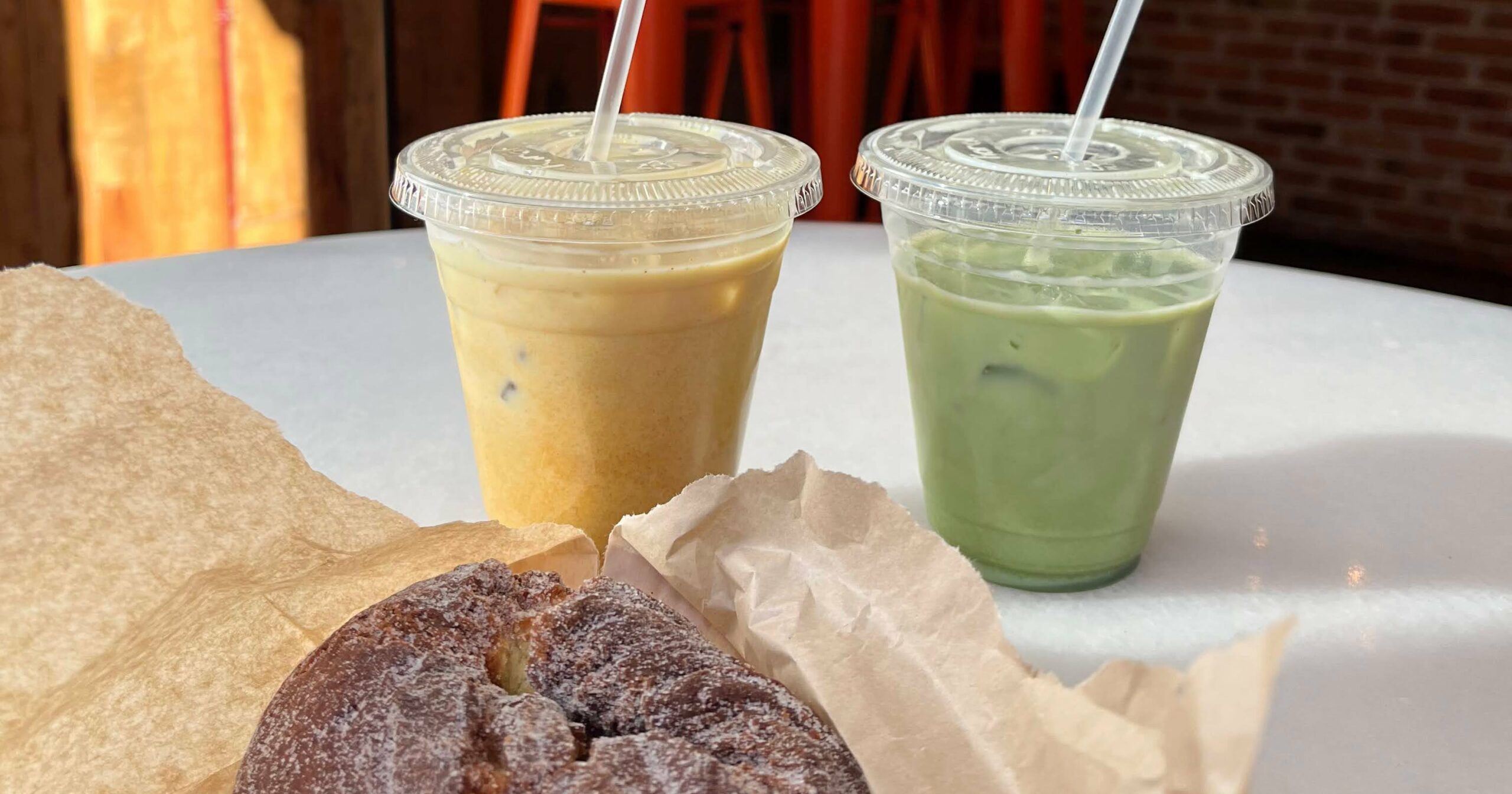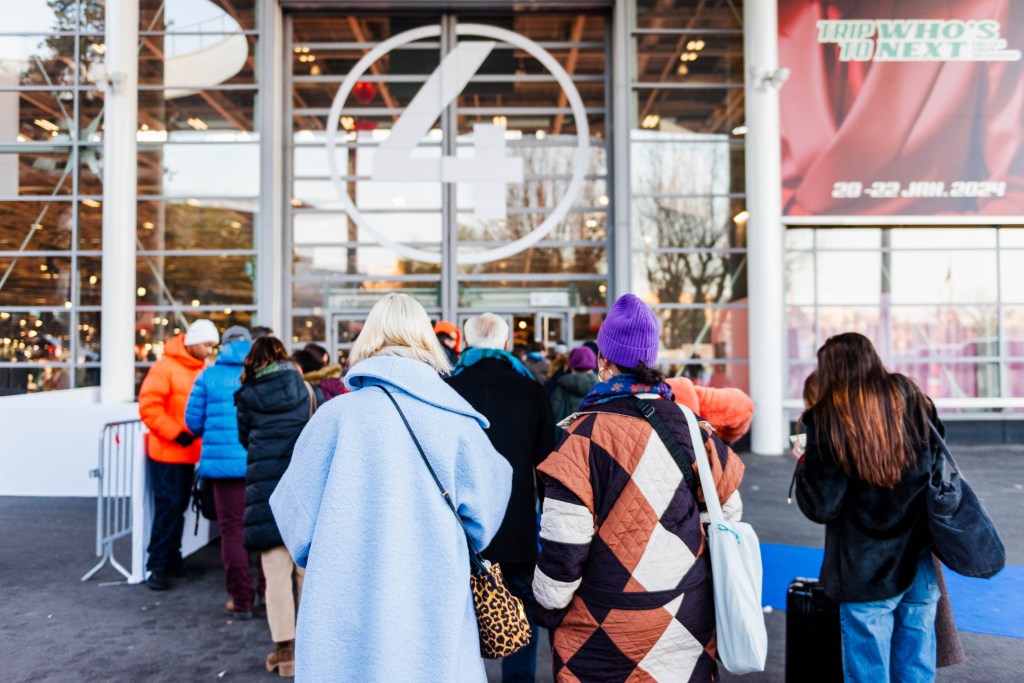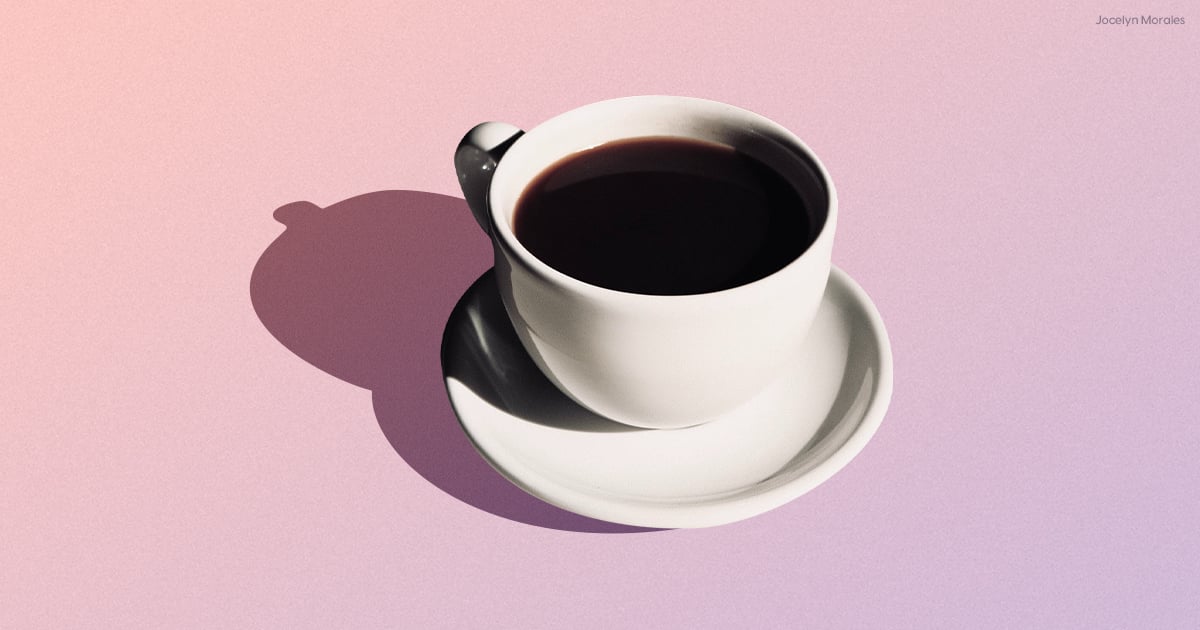One of the best parts about being a freelance journalist is that I have the freedom to pace my own day and choose my work environment. I’m able to spend a leisurely morning tapping out stories at a coffee shop, taking the occasional luscious break to savor each sip while casually daydreaming. Well, theoretically.
The reality is that most days I find myself locked in my apartment, nose inches from my laptop screen chasing one deadline after another, barely getting up for breaks. I’m so anxious about losing even a single minute of work time that I ignore my Alexa’s hourly reminders to stand up.
So when I learned about the Swedish tradition of fika – the simple habit of taking breaks to enjoy a drink, ideally with friends – I was immediately intrigued. Sure, coffee breaks are a part of American work culture, too, but they’re often squeezed into those tiny slivers on our overscheduled calendars. If we do carve out time for an actual hour away from our screens, it’s mostly to “meet up for coffee,” meaning we stay in professional mode, talking shop with colleagues.
Workdays, American productivity culture teaches us, must be filled with business hours. Any time spent “off the clock” to recharge is time wasted, and something to feel guilty about. But could it be that this Swedish tradition of actively pulling ourselves away from work mode for a few minutes each day could perhaps make us more productive? I decided to adapt the fika lifestyle for a week to see how it would change my habits and outlook.
What Exactly Is Fika?
To find out how to properly fika, I turned to a true Swede: Josefin Haraldsson, country manager at Visit Sweden. While the act itself is a coffee break – after all, Haraldsson says, Swedes drink an average of three to four cups a day – there’s a whole lot more than caffeine to what she calls a “time-honored tradition of winding down and taking a break.”
“Swedes prefer not to translate the word fika, as it would easily lose significance and become a mere coffee break, and it doesn’t technically require coffee,” Haraldsson says.
Fika was born from Sweden’s cafe culture – “fik” is slang for cafe in Swedish. But these days, the break can be enjoyed at home or work and with colleagues, family, friends, or even a date, Haraldsson says.
While the exact habits vary by person, most people have two fika a day, one around 11 a.m. and another at 3 p.m. Usually they last about 10 to 15 minutes. At companies, it’s common to work fika into schedules since it’s “proven very good for the exchange of experience, team building, and creating well-being in the workplace,” Haraldsson adds.
Traditionally, fika is enjoyed over seven types of cookies, a “concept so ingrained in the culinary heritage of Sweden that it has its own dedicated cookbook,” Haraldsson says, referring to “Sju Sorters Kakor,” first published in 1945. Sticking to those exact cookies is less common these days, but sweets are still a part of fika for many. Haraldsson says kanelbulle (cinnamon bun) and kardemummabulle (cardamom bun), as well as cakes and even open-faced sandwiches, now “pass as acceptable fika fare.”
Swedes also fika on weekends – a concept that was mind-boggling to me. In my head, weekends are already breaks. To take a break within a break almost seemed impossible. But when I took a hard look at my weekends, I realized how much I was overscheduling them, too – yoga classes, Boston Marathon training, Broadway shows, and meals with friends. These were fun plans, yes, but they weren’t actual true time-out periods.
How I Approached Fika
With my work days being so varied – some at home focused on research and writing, and others spent out and about reporting and interviewing or at meetings and events – inserting scheduled breaks immediately seemed daunting. Even more challenging, trying to arrange mid-day meet-ups with friends. Suddenly I had to juggle two people’s meetings-filled days, a lot of effort for one little break.
So I chose to enjoy my first fika on a weekend, stopping at 11 a.m. to enjoy my self-brewed coffee and just walk around my apartment. But then I realized a 20-minute break was exactly the amount of time I needed for a
Yoga With Adriene session, which seemed in the spirit of mindfulness, so I cued up a video. Pausing for yoga and coffee? I could get used to this.
With my morning fika in the books, I texted my friend Julia who lives nearby and asked if she might want to grab coffee around 3 p.m. – and she was game. We used it as an opportunity to try a coffee shop we hadn’t been to in Hoboken, Pour Amor Coffee. Leaning into fika, I had a cinnamon sugar sourdough doughnut along with my turmeric latte. After about half an hour, we went about our days: she bopped to a yoga class and I went to a different coffee shop to catch up on work.
That friend-bonding time must have given me a needed boost, because I was more focused than normal when I sat down to finish a story that afternoon. Julia had asked what I was working on and helped me brainstorm some fabulous ideas. I was quickly reminded how working in my own bubble may not always be the key to efficiency. I ended the day feeling productive, and happier with the story I sent off to my editor.
Throughout the week, I tried to embrace the fika mentality in different ways. Most mornings were solo breaks, in which I simply paused my brain from always thinking about work by reading for 20 minutes, playing Wordle and Connections, or meeting with Julia to grab coffee and walk along the Hoboken waterfront.
Afternoon fika time was easier to coordinate with friends. I drove up to Gotan Weehawken to meet Mandy for a 3 p.m. break and enjoy what turned out to be the most traditional Swedish fika treats of the week: we each had a coffee and cardamom bun served on rosy tableware. Cheryl and I made a date to taste-test cookies (and swap restaurant recs) at Seven Grams Caffe.
Andi and I paused work in the middle of the afternoon to try to crack the code at Escape the Room. While that really felt like playing hooky, there was also an empowering strength in spending that form of quality time bonding over a common purpose: we emerged on a high having solved the puzzle with 11 seconds to spare.
What I Learned From My Week of Fika
To see how the Swedes would grade my fika week, I checked in with Haraldsson, who said, “Some claim fika is never on the go and that it’s always an opportunity to sit down and relax.” Majors strikes against my walk, yoga, and escape room. But she added, “I’d say that mindset has changed and nowadays a takeaway coffee during a walk, alone or with company, can be defined as a fika.” (According to Haraldsson, yoga and an escape room were a bridge too far. Oops!)
The thing is, it wasn’t always easy for me to enjoy my more by-the-book fika breaks. One afternoon, I set an alarm at 3 p.m. to remember fika. Then I set a timer for 20 minutes, sitting on my couch with my own brewed coffee and a Girl Scout cookie. A few minutes in, I realized I was sitting as stiff as could be, anxious to get back to work. I tried playing some soothing jazz, reading a book, and lying down with my eyes closed – but still, those 20 minutes felt interminable.
I was both shocked and disappointed to find how hard it was to decompress when I knew my to-do list was so long. That all said, when I did jump back to work, my mind felt lighter, despite how hard it was to force myself to rest.
Each of my fika meet-ups with friends took time to plan and figure out where to go – and then all lasted longer than expected. While it’s no doubt a blessing to have such wonderful friends with whom time flies, I did find myself getting behind with work because of that mid-day time lost.
“However short, a fika is really a well invested time in your own wellbeing.”
The most eye-opening realization for me during this week was how much I felt like I needed to be in control of my time, even when my calendar is blocked for a “break.” A true break shouldn’t be scheduled or measured in minutes – it’s about the mentality. American hustle culture has us buried so deep that rest feels like we’re “wasting time,” when in reality, it’s an investment in a healthier work-life balance. But, Haraldsson reminded me, it’s not about the time as much as the habit itself. “However short, a fika is really a well invested time in your own wellbeing, a time to get a minute on your own to stress down and reflect, or to boost energy having a fika with a friend, family member, or a colleague.”
And that’s where the true beauty of fika comes in – with people. Actively taking that time to relax with friends made me value each of the friendships more. As Julia said so organically at the end of one of our fika, “The day is just so much better when you hang out with a friend.”
Travel and pop culture journalist Rachel Chang is a magazine editor (Us Weekly senior editor, J-14 editor in chief, CosmoGIRL! entertainment editor) turned freelance writer. She’s a regular contributor to Condé Nast Traveler and Travel + Leisure, and has written for POPSUGAR, New York Times for Kids, Wall Street Journal, Lonely Planet, and United’s Hemispheres, among others.




